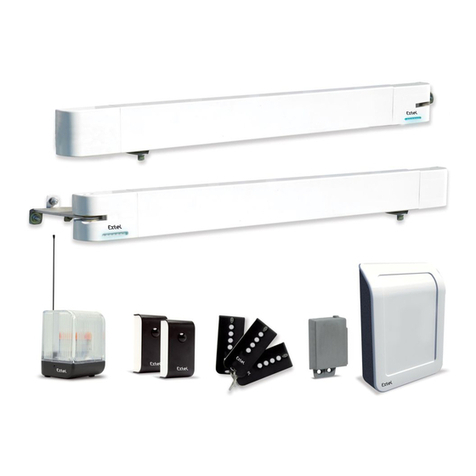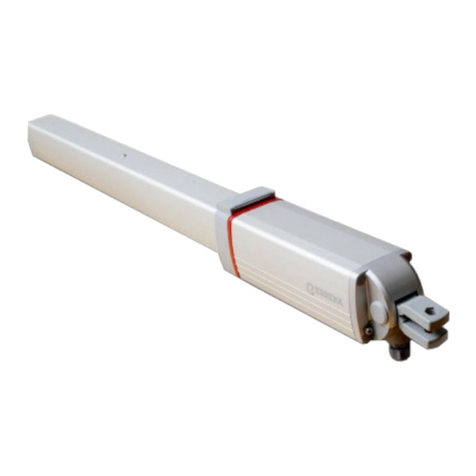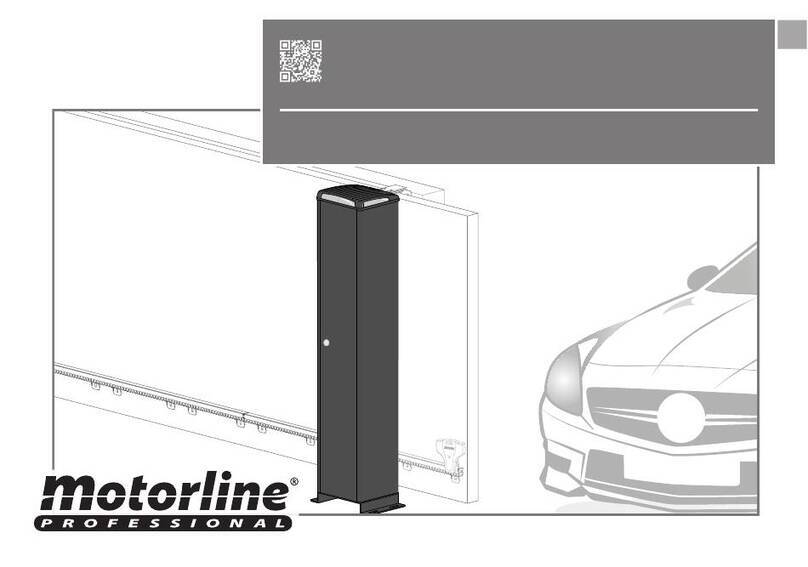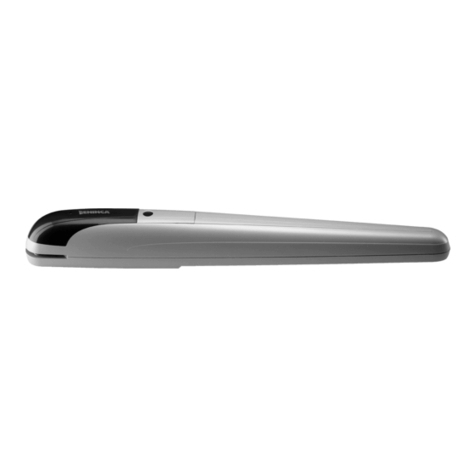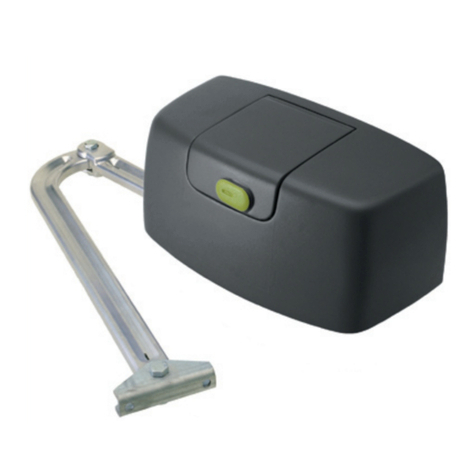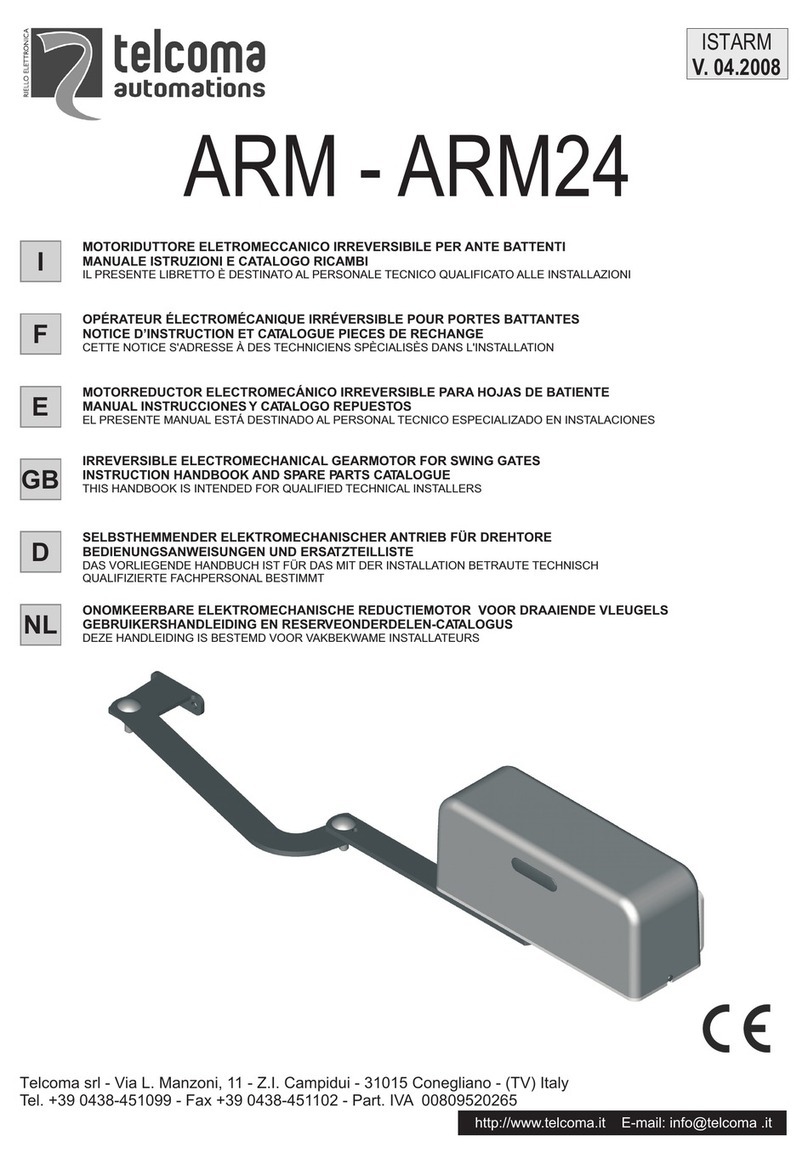WORKMASTER GO-A8-FW User manual
Other WORKMASTER Gate Opener manuals
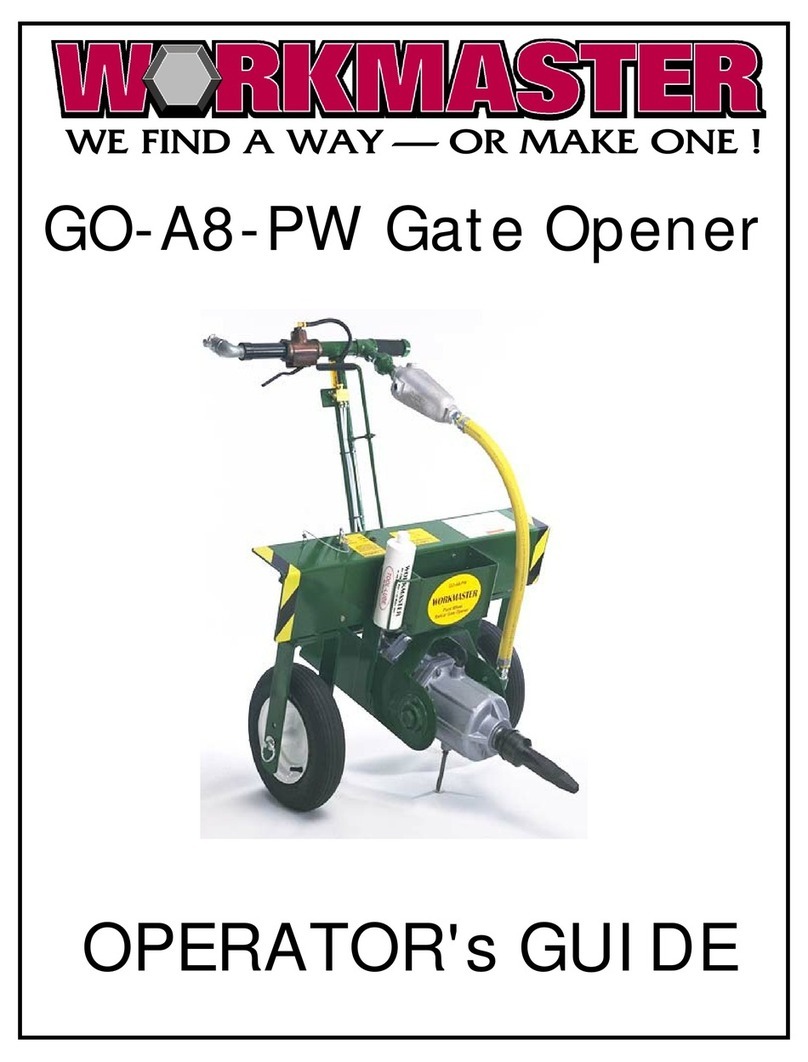
WORKMASTER
WORKMASTER GO-A8-PW Manual
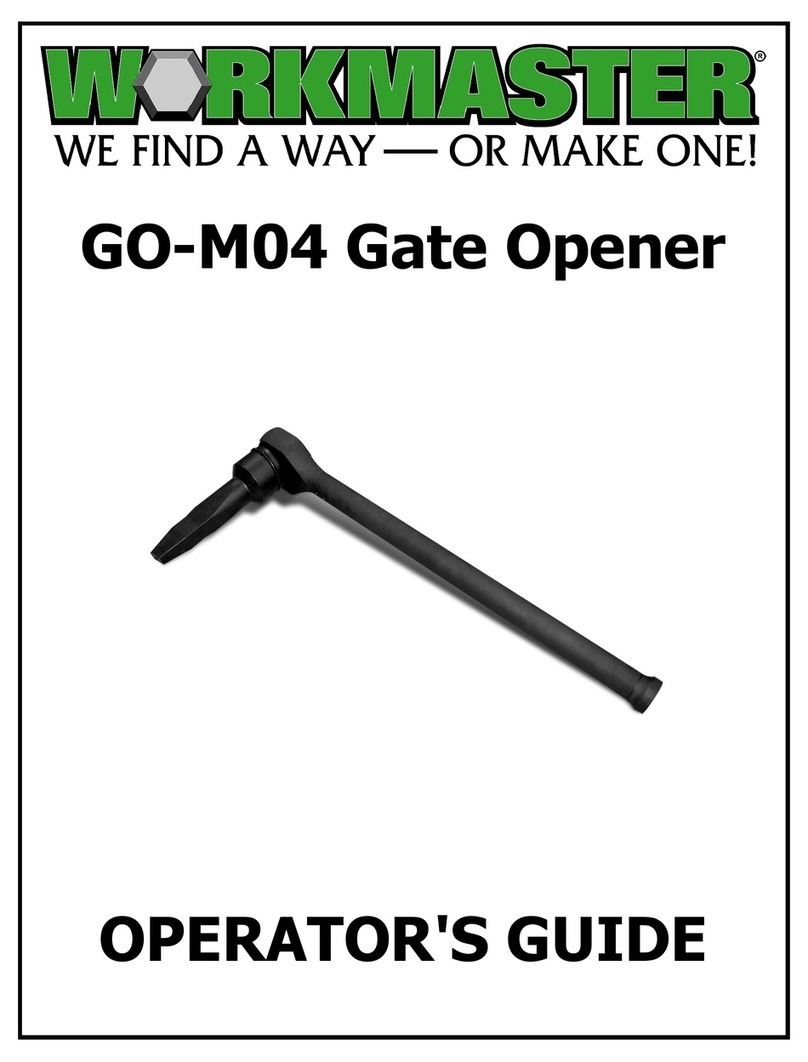
WORKMASTER
WORKMASTER GO-M04 Manual
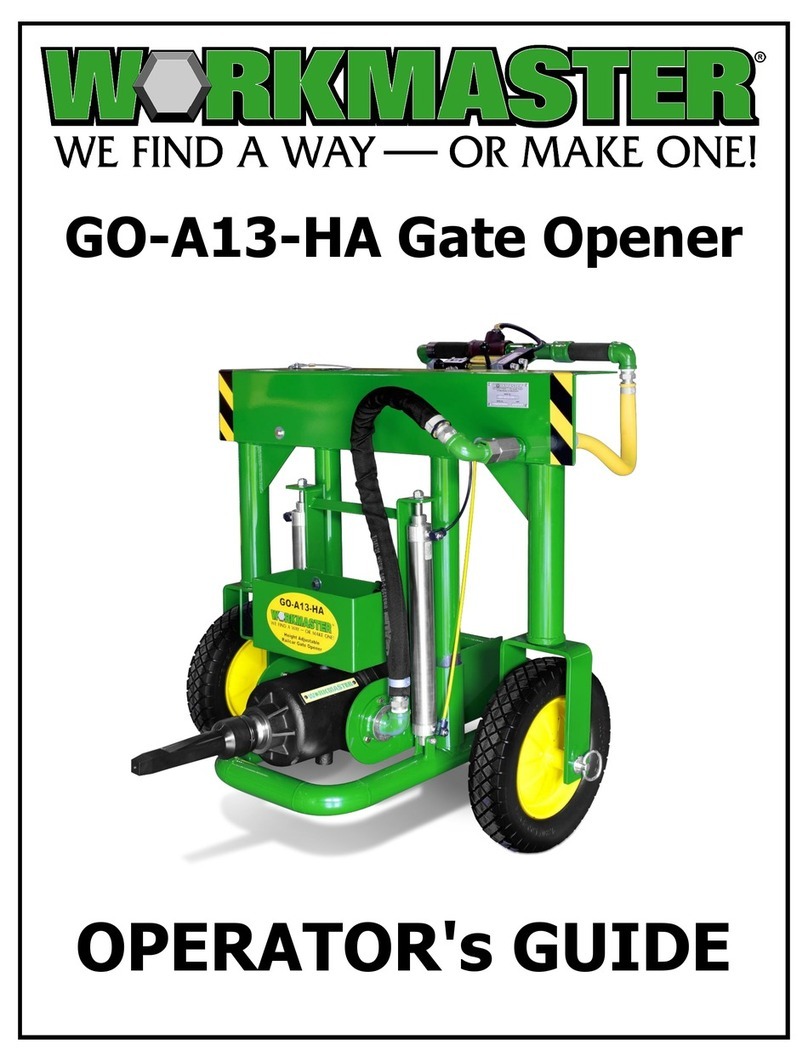
WORKMASTER
WORKMASTER GO-A13-HA Manual

WORKMASTER
WORKMASTER GO-A13-HA User manual
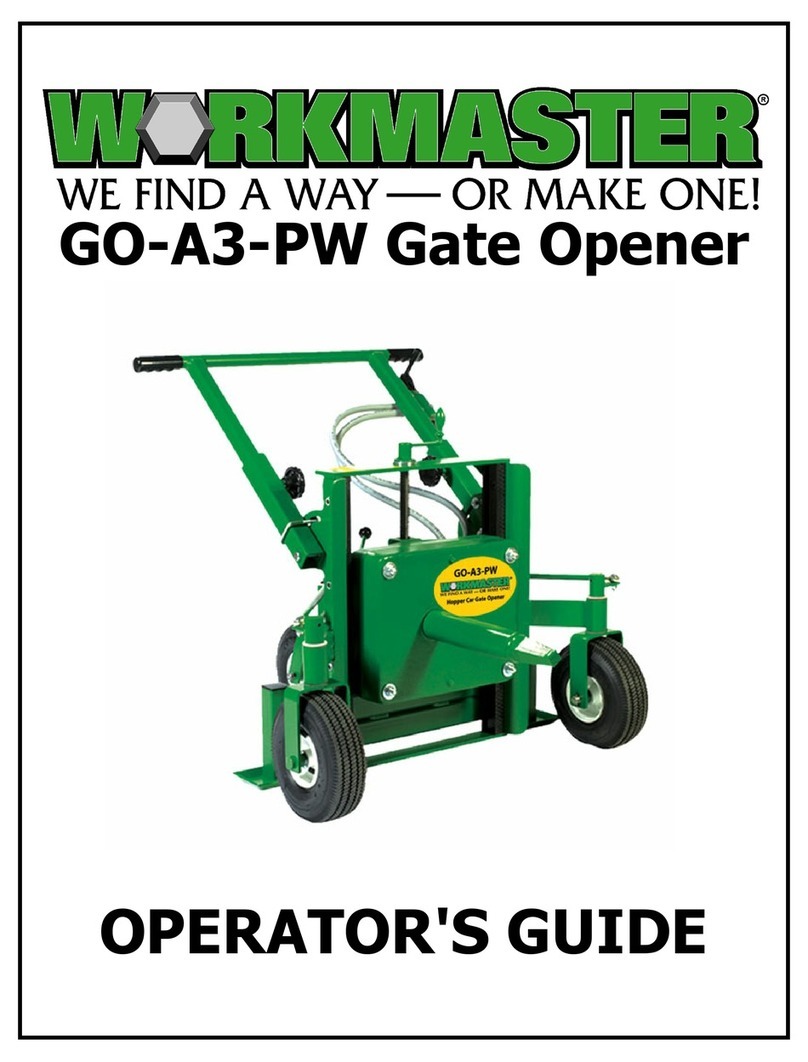
WORKMASTER
WORKMASTER GO-A3-PW User manual

WORKMASTER
WORKMASTER GO-A8-PW Manual
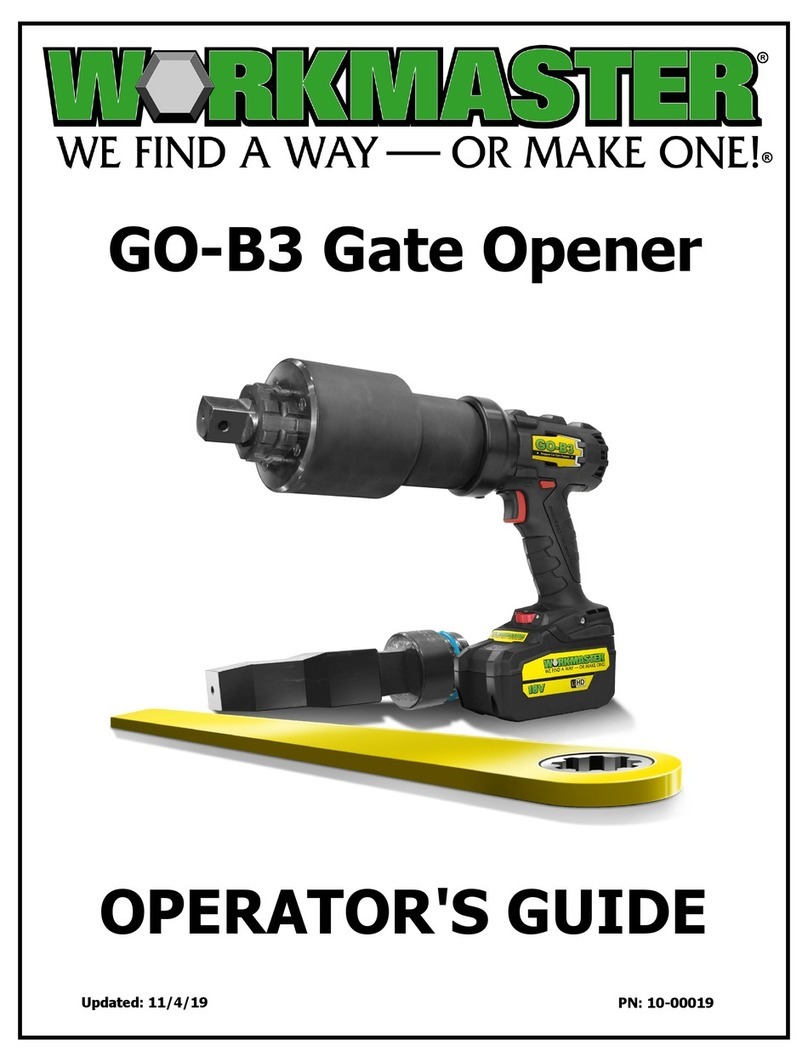
WORKMASTER
WORKMASTER GO-B3 Manual
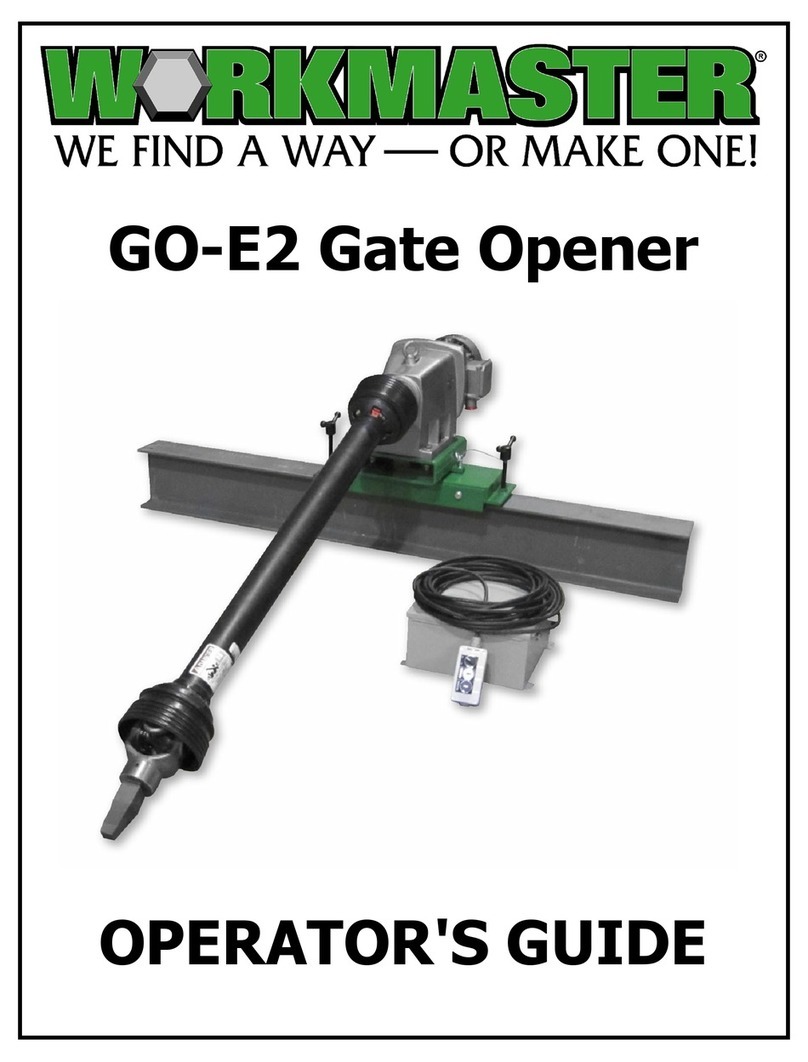
WORKMASTER
WORKMASTER GO-E2 Manual

WORKMASTER
WORKMASTER GO-A8-PW User manual
Popular Gate Opener manuals by other brands
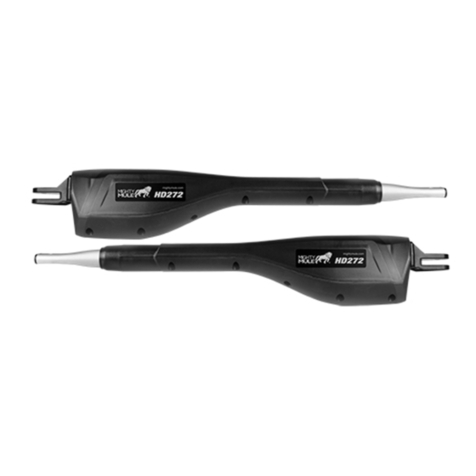
Nortek Security & Control
Nortek Security & Control Mighty Mule HD272 installation manual

tousek
tousek TURN 10 Installation and operating instructions

SOMFY
SOMFY AXOVIA 220B RTS installation instructions
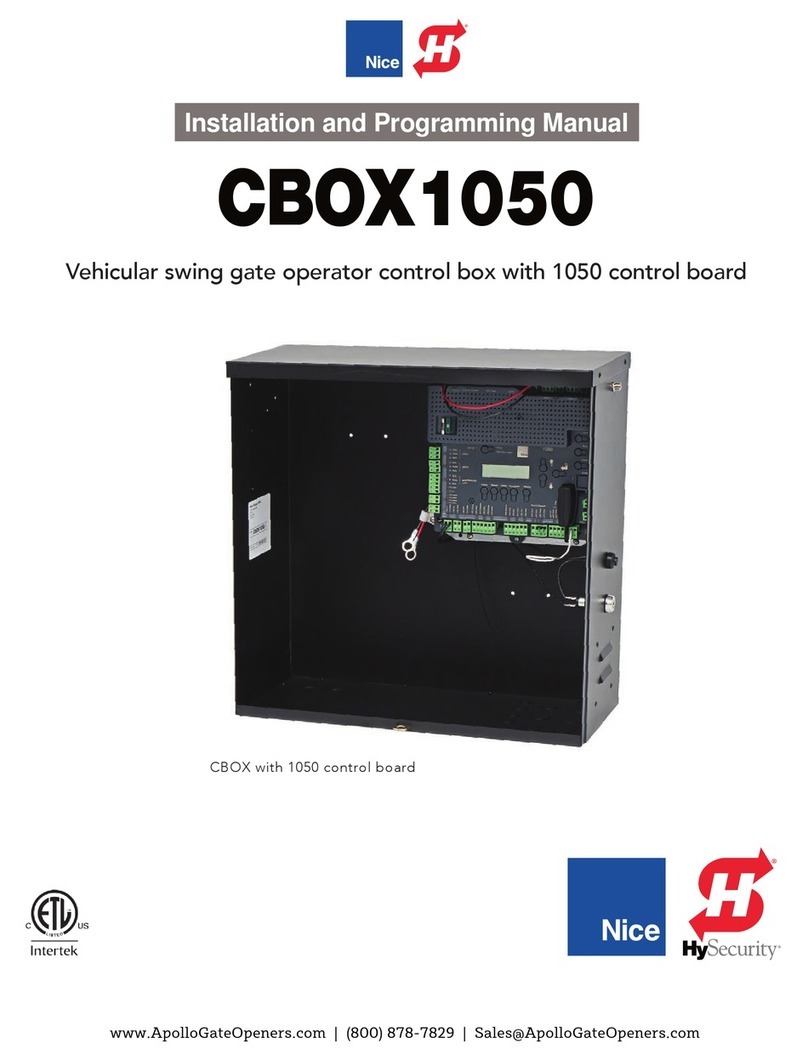
Nice HySecurity
Nice HySecurity CBOX1050 Installation and programming manual
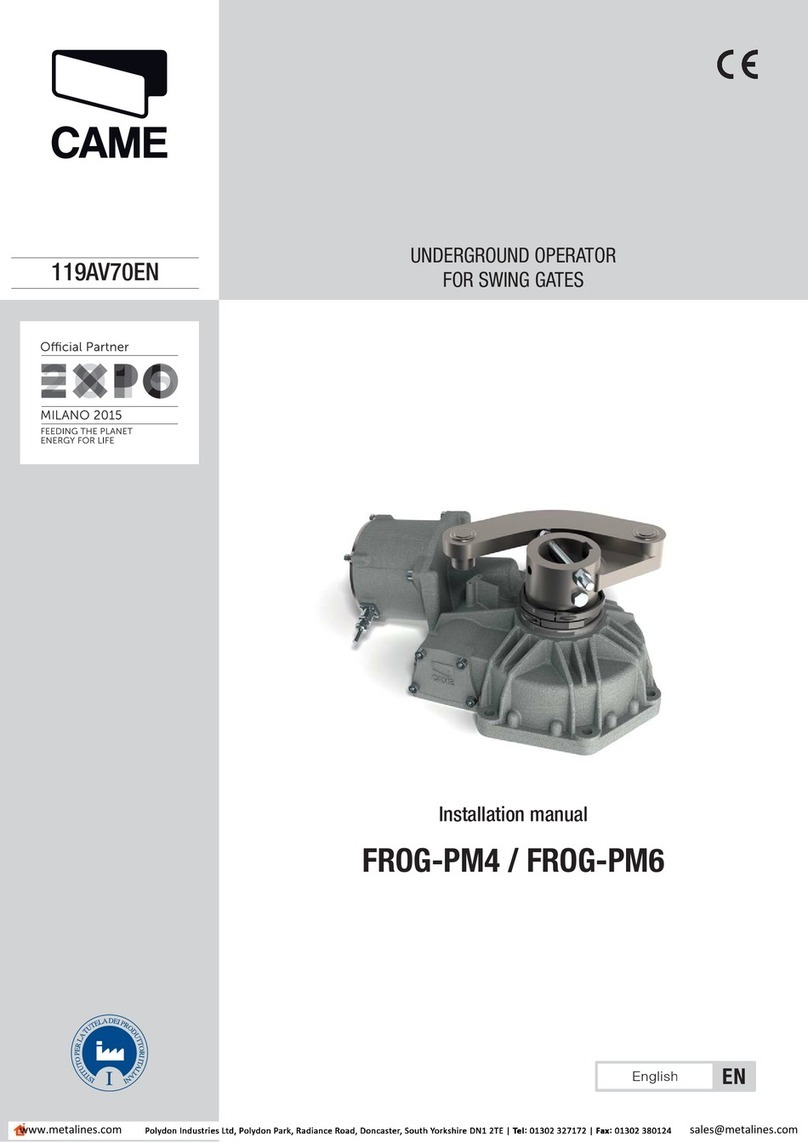
CAME
CAME FROG-PM4 installation manual

Aprimatic
Aprimatic ONDA 500 installation instructions


